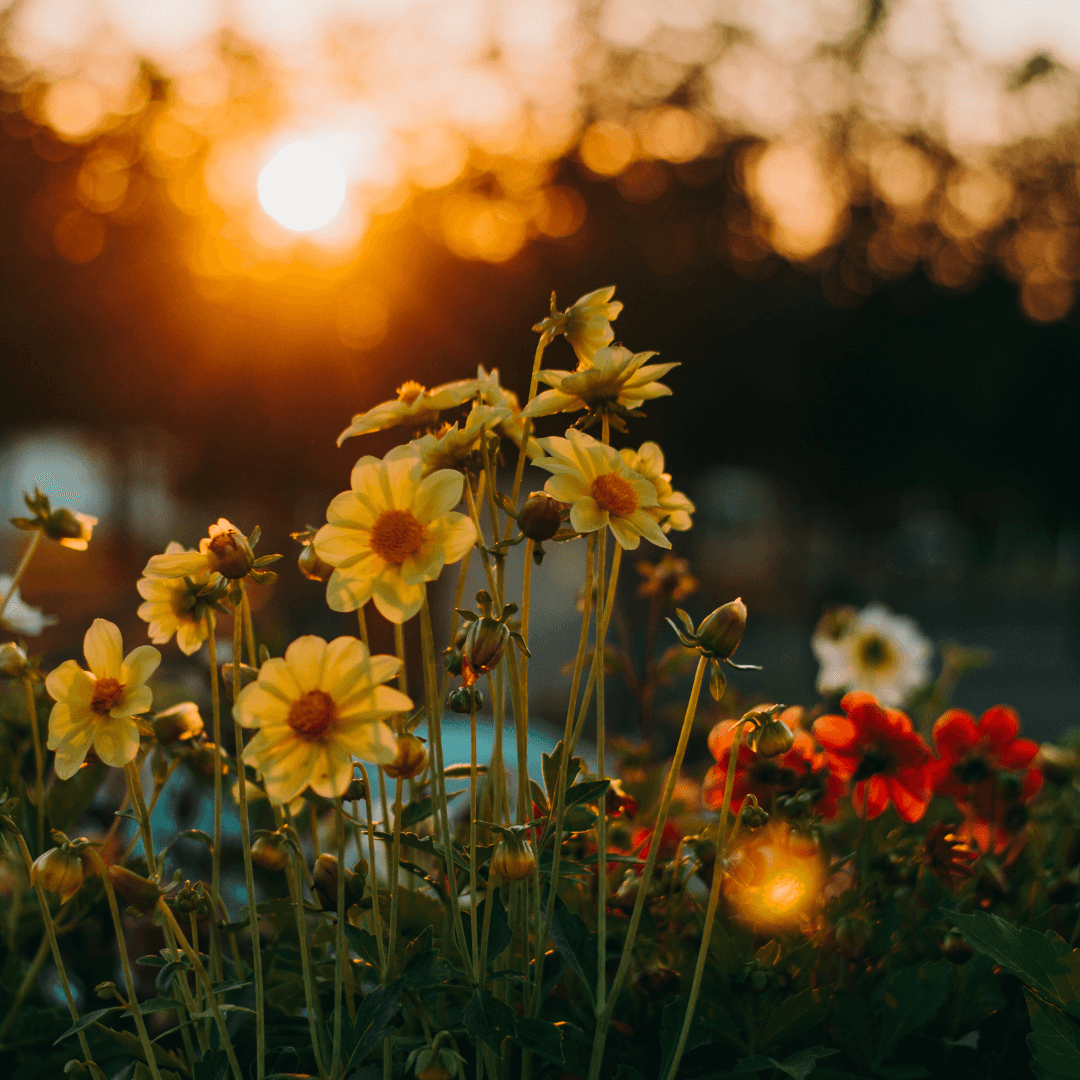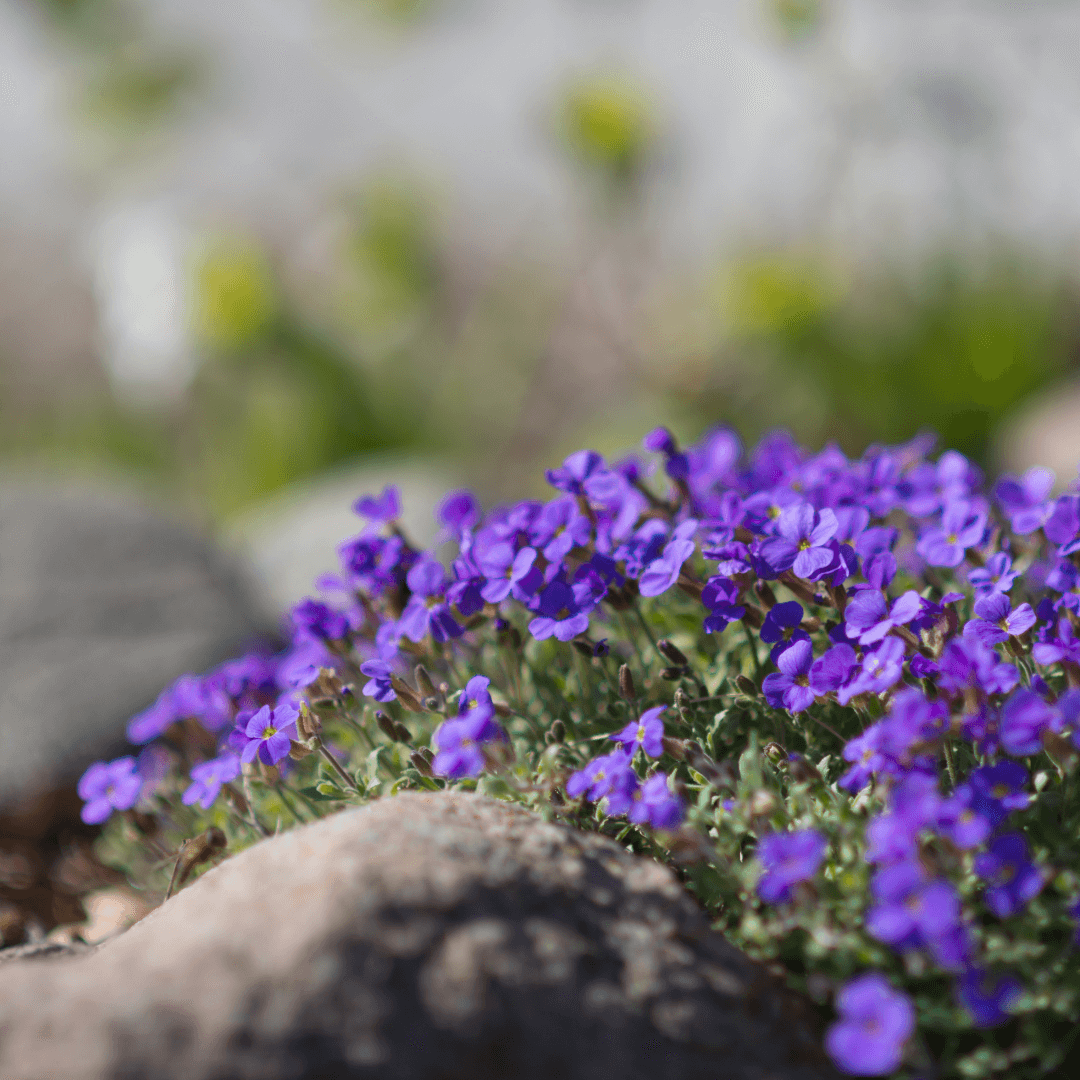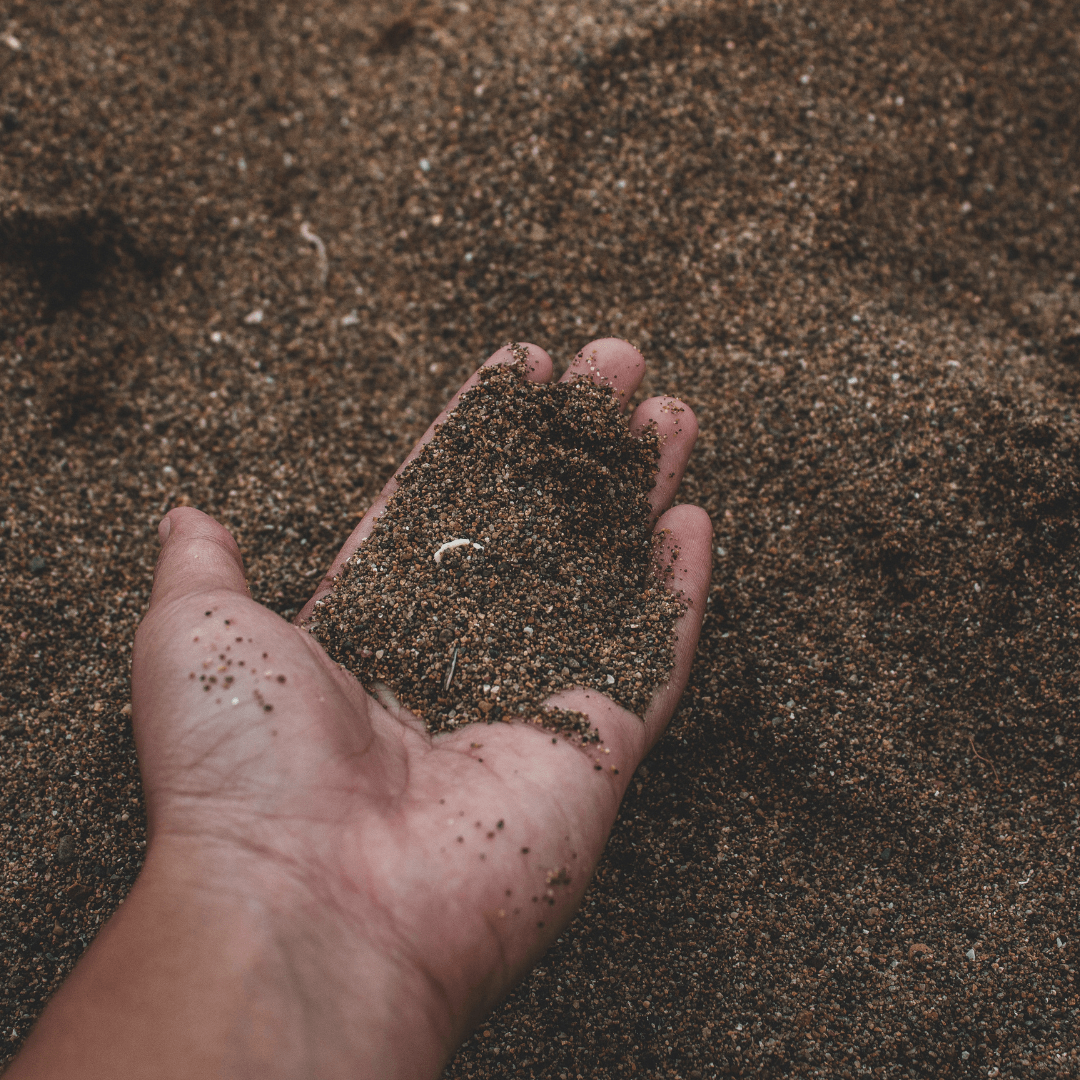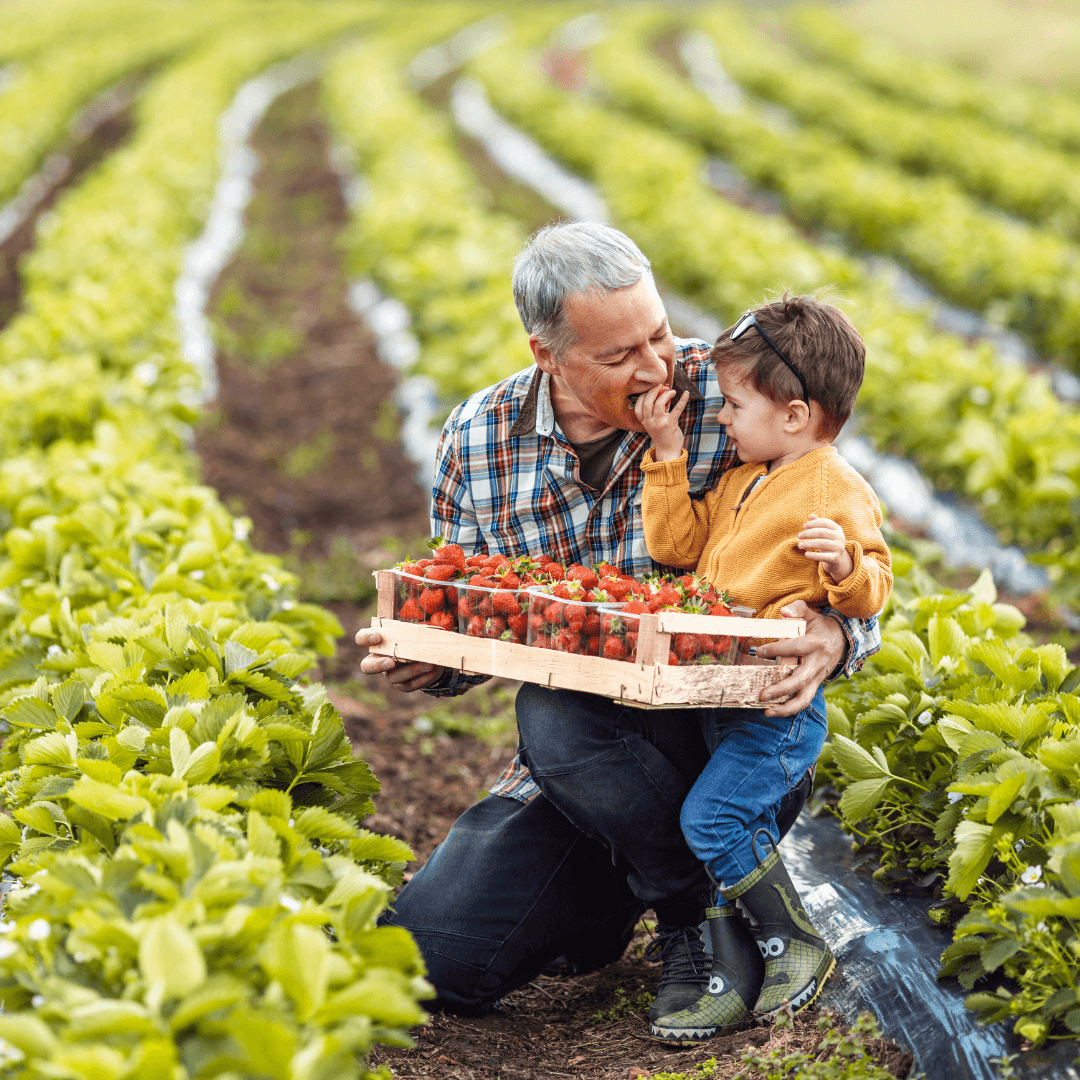Factors Affecting Flower Seed Viability
The viability of flower seeds varies significantly depending on the species. Some seeds, like those of the Phlox and Rocket Larkspur, have a relatively short viability period, ranging from one to two years. On the other hand, flower seeds like those of the Nasturtium, Lavender, and Johnny Jump Up can remain viable for up to five years. Gardeners should be aware of these differences when storing and using seeds to optimize their gardening efforts and avoid disappointment.
Proper Storage for Seed Viability
Proper storage plays a vital role in maintaining flower seed viability. Learning how to store heirloom seeds will help you keep them viable longer. Ideally, seeds should be stored in a cool, dry place, away from direct sunlight, with a consistent temperature and low humidity. Using air-tight containers or resealable bags can also help preserve the quality and viability of flower seeds. By adhering to these storage practices, gardeners can ensure that their seeds remain viable for the longest possible time, allowing for the successful propagation of flower plants.
Harvesting and Seed Viability
In addition to storage conditions, the seed harvesting process can influence flower seed viability. Collecting seeds from healthy, mature plants typically results in higher viability rates. Additionally, allowing seeds to dry thoroughly before storage can help prolong their lifespan, leading to more robust and thriving flower plants.
Wildflower, Perennial, & Annual Flower Seed Kit | 35 Variety Pack
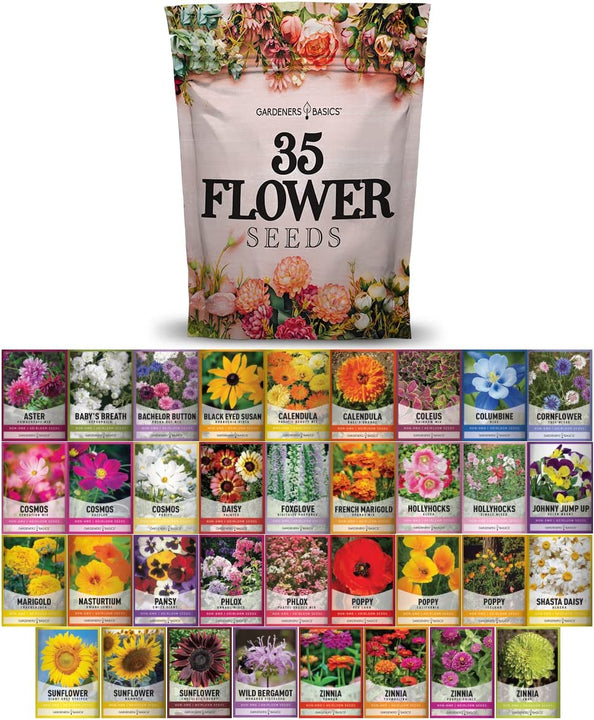
$29.95
$49.95
35 Flower Seeds Variety Pack – Heirloom, Non-Hybrid, Non-GMO, Open-Pollinated – Perfect for Pollinator-Friendly Gardens Transform your garden with our 35 Flower Seeds Variety Pack, offering a stunning and diverse selection of heirloom, non-hybrid, and non-GMO seeds. Each variety in… read more
Germination and Seed Viability
The germination process is another aspect affected by flower seed viability. Highly viable seeds often have higher germination rates, meaning that a greater percentage of seeds will successfully sprout and develop into flower plants. Monitoring germination rates can provide gardeners with valuable insight into the overall health and vitality of their seeds, helping them make informed decisions about when to sow new seeds or replace older, less viable ones.
Using a Flower Seed Viability Chart
The flower seed viability chart can serve as a helpful reference for gardeners, providing information about the average lifespan of various flower seeds. For example, Sunflowers, Zinnias, and Cosmos are known for their impressive viability, with seeds remaining viable for three to four years. Knowing this information can help gardeners plan their gardens more effectively, ensuring they have viable seeds on hand for each planting season.
Limitations of Seed Viability
It's essential to note that flower seed viability is not a guarantee of successful germination or healthy flower plants. Many factors can influence the growth and development of plants, such as soil conditions, water availability, and sunlight exposure. However, understanding seed viability can provide gardeners with a solid foundation for optimizing their flower gardens and enjoying the beauty and variety of these stunning plants.
Below is the flower seed viability chart in alphabetical order for the flowers we currently carry on our website. The chart indicates the average number of years for which the seeds will remain viable under proper storage conditions:

Conclusion - Flower Seed Viability
In conclusion, flower seed viability plays a critical role in the success of any garden or landscape filled with vibrant flower plants. By understanding the average lifespan of various flower seeds, properly storing them, and monitoring germination rates, gardeners can maximize the potential of their seeds and enjoy the colorful, fragrant beauty of thriving flower plants. Whether nurturing Sunflowers, Zinnias, or other flowering favorites, knowledge of flower seed viability can significantly enhance a gardener's experience and the visual appeal of their outdoor spaces. Our survival seeds already come packed ready to store for a future garden.



